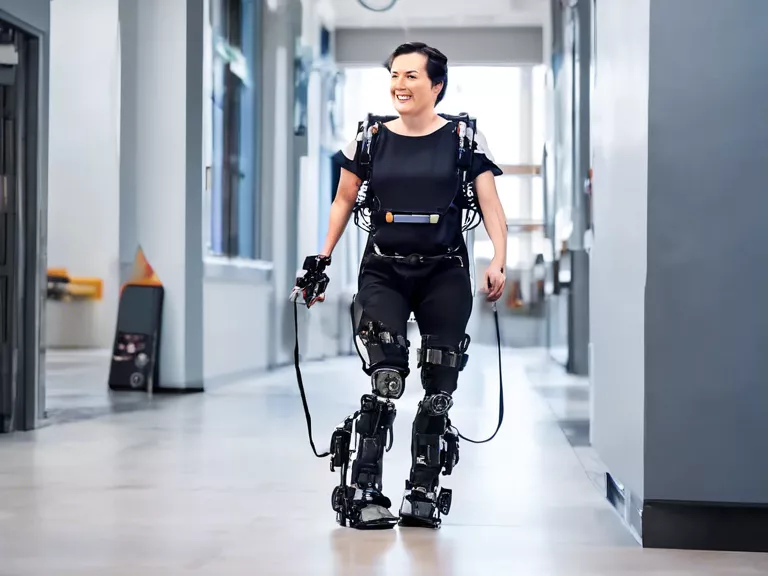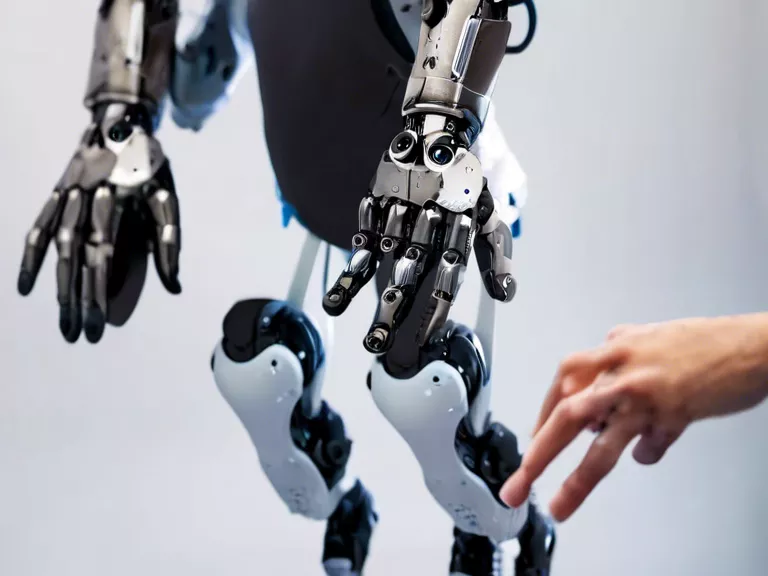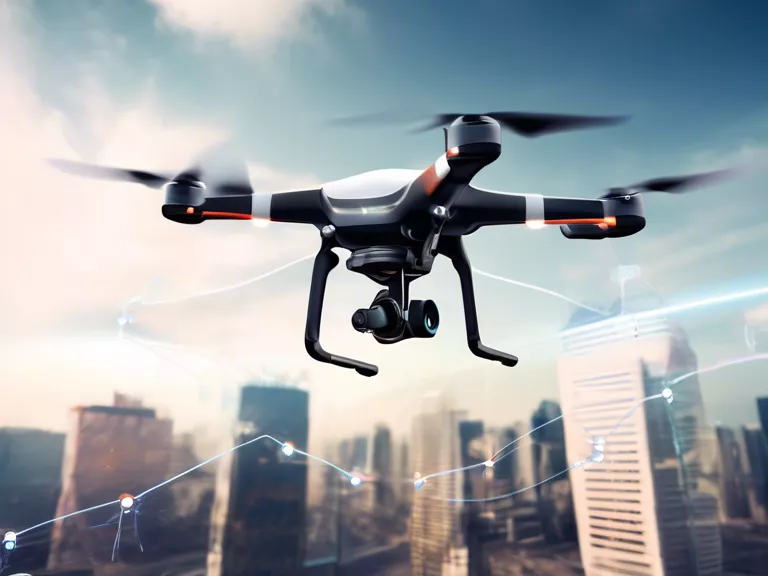
With advancements in technology, robotic exoskeletons are revolutionizing the way disabled individuals can regain mobility. These wearable devices are designed to provide support and assistance to those with limited mobility, helping them stand up, walk, and even climb stairs. The impact of robotic exoskeletons on the lives of disabled individuals is profound, giving them newfound freedom and independence.
One of the key benefits of robotic exoskeletons is the ability to improve the physical health and well-being of disabled individuals. By providing support for walking and standing, these devices can help prevent muscle atrophy and reduce the risk of secondary health complications often associated with immobility. This can lead to an overall improvement in the quality of life for users, both physically and mentally.
Furthermore, robotic exoskeletons offer a sense of empowerment and confidence to disabled individuals. Being able to navigate their environment more easily and independently can boost self-esteem and provide a sense of accomplishment. This newfound mobility can also foster greater social interaction and participation in activities that were once out of reach.
In addition to the individual benefits, robotic exoskeletons also have the potential to reduce the burden on caregivers and healthcare systems. By enabling users to perform daily tasks more independently, the need for constant assistance and supervision is decreased. This can lead to cost savings in long-term care and improved efficiency in healthcare services.
As technology continues to advance, the capabilities of robotic exoskeletons are only expected to improve. With further development and innovation, these devices have the potential to become even more customized and user-friendly, catering to the specific needs and abilities of each individual user. This can open up new possibilities for disabled individuals to live more fulfilling and active lives.
In conclusion, robotic exoskeletons are playing a vital role in supporting mobility for disabled individuals. By providing assistance and support for walking and standing, these devices are empowering users to regain independence and live life to the fullest.



